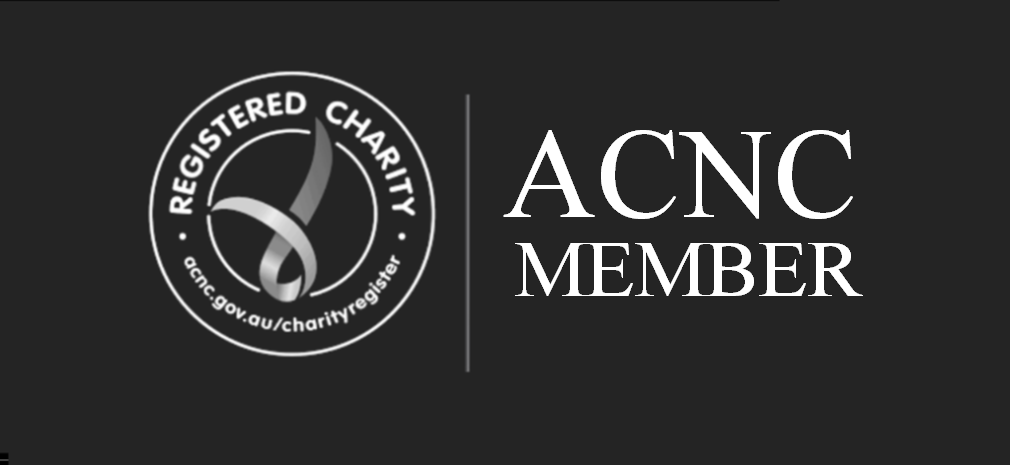.
.
Commitment 2.2 We promote the empowerment of primary stakeholders.
Compliance Indicators
Compliance with the Commitments will be assessed against the following Compliance Indicators. All of the applicable Compliance Indicators must be met by every ACFID Member to be considered compliant with the Code. Each of the Compliance Indicators has one or more compliance Verifiers. Verifiers are the description of evidence that is required to substantiate compliance with each Compliance Indicator. Guidance is also provided.
2.2.1 Members have formal mechanisms for primary stakeholders to contribute their ideas, feedback and complaints so that they have a voice in and ownership of their own development and humanitarian initiatives.
Verifier
Development and humanitarian initiatives consistently show evidence of the contribution and influence of primary stakeholders.
Guidance
Mechanisms that organisations might have in place include:
- participatory workshops that include primary stakeholders
- survey tools such as household questionnaires
- community meetings
- local management committee structures
- suggestion boxes
- SMS messaging
There is some excellent guidance on effective feedback in humanitarian contexts in Closing the Loop which can be found in the Resources Section below.
2.2.2 Members promote opportunities for primary stakeholders to participate in decision-making about the initiatives that affect them.
Verifier
Development and humanitarian initiatives consistently show evidence of strategies for primary stakeholders to participate in decision-making about the initiatives that affect them.
Guidance
Strategies that enable primary stakeholders to participate in decision making include:
- Capacity building activities for primary stakeholders that build confidence and foster leadership skills.
- Creation of opportunities for active inclusion during context analysis and project design stages
- Creation of accessible and culturally appropriate project decision making or management structures
- Supported representation at community meetings
- Supported representation in management committees
Good Practice Indicators
The following Good Practice Indicators describe a higher standard of practice than that set out in the Compliance Indicators. While Members do not need to meet the Good Practice Indicators to be considered compliant with the Code, they will self-assess against these indicators once every three years. This provides a clear pathway for Members to strengthen and improve practice over time.
- Resources (time, funds and people) are allocated to building the capacities of primary stakeholders to enable implement and lead their own development initiatives.
- The representation of primary stakeholders in local leadership roles is promoted and supported.
- Evaluation and reflection on approaches and mechanisms to empower primary stakeholders is undertaken periodically e.g. in design appraisal tools or in terms of reference in evaluations.
- Members promote the value of empowerment of primary stakeholders to the public and external stakeholders.
GUIDANCE AND RESOURCES
Good Practice Guidance
Here are some practical suggestions for your organisation to further deepen and improve practice over time.
Organisational
- Use project design tools, such as a stakeholder priority matrix, for in-depth analysis and to prioritise primary stakeholders
- Assess the level to which primary stakeholders have been involved in the initial planning of the program and the level of consultation and engagement with various community groups and the local government
- Train staff in relevant issues such as participatory processes, accountability and empowerment and increasing the voice and engagement of primary stakeholders
- Train staff in how to carry out power analyses as a basic step in the preparation of any development activity
Partners
- Seek to work with partners that have a commitment to the empowerment of local people and communities, and to accountability
- Ask partners how local people will be involved in the design of the program
- Encourage and support partners to have good relationships with local government and officials where this is possible and appropriate
- Train partners in participatory processes, empowerment and democratic ownership
- Encourage and support partners to prioritise the recruitment of local people.
Programs
- Do a comprehensive analysis of the program’s context, including barriers and constraints to social change as expressed by primary stakeholders, on which to base project design
- Conduct research to identify the enabling factors and barriers for participation and empowerment of local people
- Use participatory processes for strategy and program design, implementation, evaluation, and accountability
- Design mechanisms for ensuring participation of, and accountability to, marginalised people such as women, girls, children, indigenous peoples, workers, people with disabilities, refugees and displaced populations, religious and ethnic minorities, people with different sexual identity and migrants.
- Ensure in-country staff are able to interact and communicate with in-country stakeholders in local languages and are able to prepare key documents in local languages
- Regularly monitor – using feedback forms, focus groups and surveys – the satisfaction level of local people and partners with the program
- Create safe opportunities and spaces to hear from a diversity of stakeholders including primary stakeholders
- Establish local committee structures for the local governance of programs or activities
- Encourage and create opportunities for women to take leadership roles
- Recruit, where appropriate, project staff from among stakeholders.
- Hold public meetings to share project information, and seek feedback when appropriate
- Document program information and make it easily accessible to stakeholders
- Communicate program progress regularly to stakeholders
- Structure feedback mechanisms into programs and activities
- Clearly establish and publicise a complaints process to be used by stakeholders
- Undertake project monitoring and evaluation in collaboration with stakeholders.
Resources
- Closing the Loop
- Listen First – Practical ways of improving accountability for NGOS
- Making community participation meaningful: A handbook for development and assessment
- Mango’s ‘Accountability to Beneficiaries Checklist’
- Principles of Accountability
- Promoting Voice and Choice
- Spotlight on the Code –Hagar Australia
- The Core Humanitarian Standard on Quality and Accountability 2014
_______________________________
DAISI’s Commitment to Principle 2.2 – PROMOTING EMPOWERMENT OF PRIMARY STAKEHOLDERS
- Formal mechanisms are in place for stakeholders to contribute their ideas, feedback and complaints so that they have a voice in and ownership of their own development and humanitarian initiatives.
- A recent program successfully introducing laparoscopic surgery to Sopas in the Highlands of Papua New Guinea, involved local Enga Provincial Authority Members, from the ground up, including all hospital staff from the ambulance driver, doctored and nurses to the Enga Province Governor & CEO.
- It was at this meeting that all present unanimously requested improved gynaecological services for women which included improved diagnostics and laparoscopic surgery.
- This has lead to one if the most successful laparoscopic programs to date with local stakeholders taking complete ownership for this program.
- Although in the remote highlands of PNG, their WI-FI for internet is state of the art, and we frequently evaluate the success or otherwise of activities by Skype or zoom.
- Critical crippling lack of supplies & certain equipment has virtually paralysed the hospital, with their provision by DAISI by shipping container enabling our partners to resume activities and lead their own development initiatives.
- Recently major obstacles of cost due to lengthy delay in releasing containers container medical supplies from the port leading to loss of container bond were discussed. We were able to jointly determine a solution where co-contribution to the containers delivery, return and port charges was agreed resulting in seamless delivery and return of shipping container on the next attempt.



